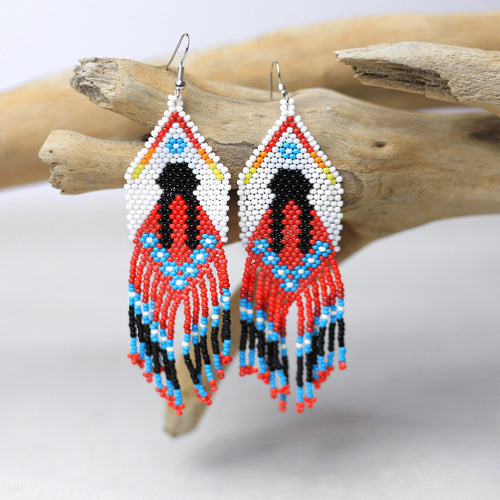Tina Fontaine was a 15-year-old Indigenous girl from the Sagkeeng First Nation in Manitoba, Canada. Her story is one of tragedy and has become emblematic of the ongoing crisis of Missing and Murdered Indigenous Women (MMIW) in Canada.
Background
Tina grew up in a community that faced many social challenges, including poverty and a history of systemic racism. Despite these hardships, she was described as a vibrant and spirited young girl who loved to dance and had a bright future ahead of her. In the summer of 2014, Tina moved to Winnipeg to live with relatives after experiencing difficulties at home.
Disappearance
On August 9, 2014, Tina was reported missing after her family noticed she had not returned home. Concern for her safety grew rapidly as days passed without any sign of her. The community mobilized to search for her, holding vigils and making public appeals for information. Social media played a significant role in raising awareness about her disappearance.
Discovery of Her Body
Tragically, on August 17, 2014, Tina's body was discovered in the Red River, wrapped in a blanket. An autopsy revealed that she had died from blunt force trauma and drowning. The circumstances surrounding her death raised serious questions about the safety of Indigenous women and girls in Canada.
Legal Proceedings
The investigation into Tina's death revealed a complex narrative involving several individuals. In 2016, Raymond Cormier was charged with her murder. During the trial, evidence presented included testimonies and details about the events leading up to her death. However, in February 2019, the jury found Cormier not guilty, sparking outrage among Tina's family and the Indigenous community. Many felt that justice had not been served, and the verdict highlighted the systemic failures in protecting Indigenous lives.
Impact and Advocacy
Tina’s death ignited a national conversation about the epidemic of violence against Indigenous women and girls in Canada. Her family, particularly her grandmother, became advocates for change, demanding better protections and support for Indigenous women. They participated in protests and rallies, calling for justice not just for Tina, but for all Indigenous women who have faced violence.
In response to the public outcry, the Canadian government launched inquiries into MMIW, aiming to address the systemic issues that contribute to this crisis. Tina's story has been a catalyst for many grassroots movements and organizations working to raise awareness and advocate for policy changes.
Legacy
Tina Fontaine's story is a heartbreaking reminder of the vulnerabilities faced by Indigenous women and girls. Her legacy continues to inspire activism and awareness about MMIW, highlighting the need for systemic change and justice for all victims. The community remembers Tina not only for her tragic fate but also as a symbol of resilience and the ongoing fight against violence.







